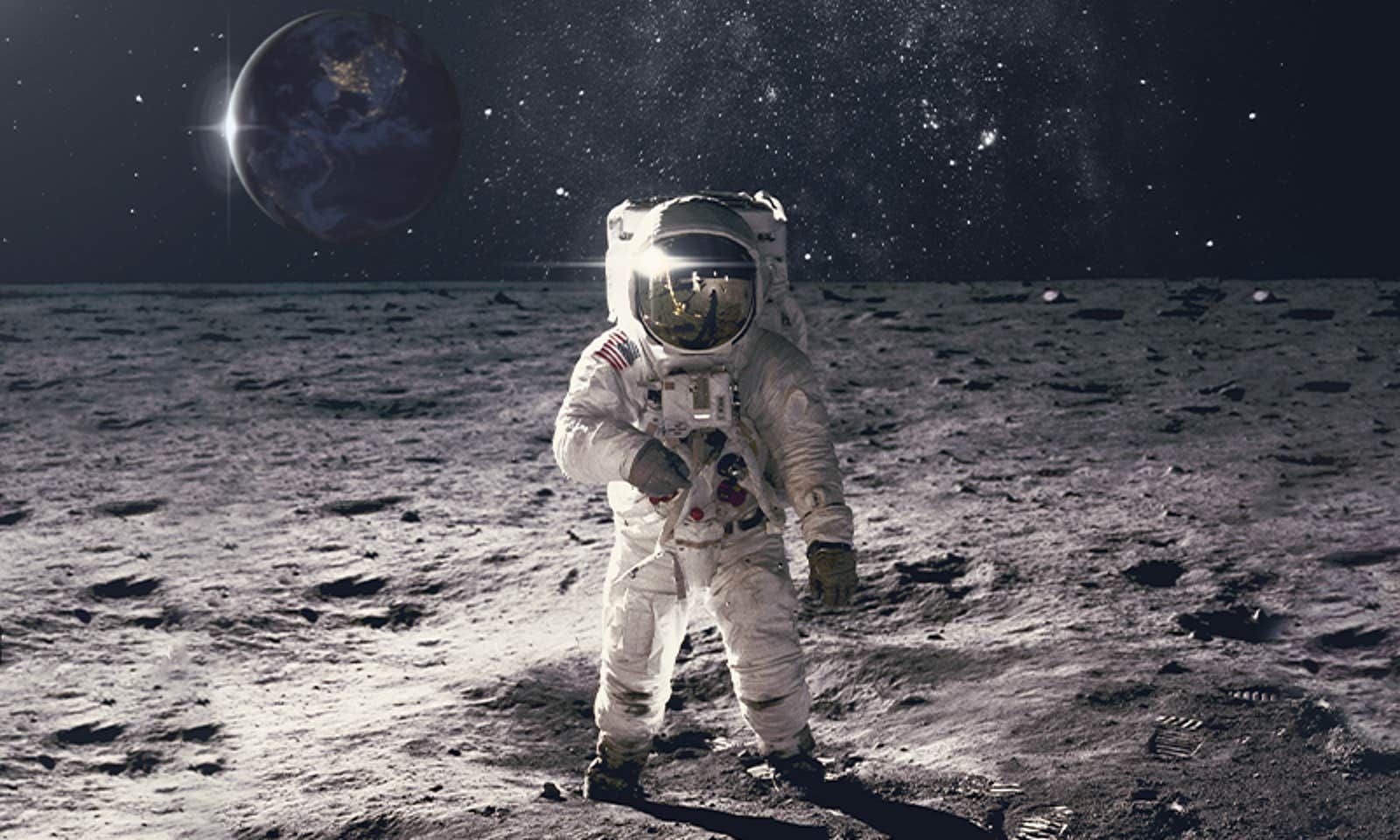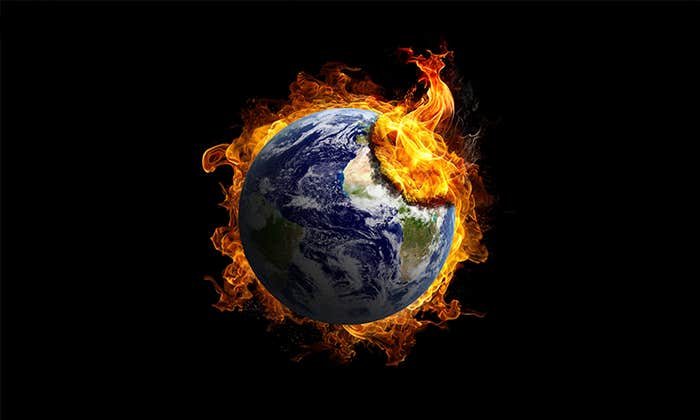After a moonwalk in April 1972, the Apollo 16 astronauts Charles Duke and John Young returned to their capsule. In the process of putting their suits and other things away, Duke commented to Ground Control:
Duke: Houston, the lunar dust smells like gunpowder. [Pause]
England: We copy that, Charlie.
Duke: Really, really a strong odor to it.
Now, obviously these astronauts weren’t taking their helmets off and taking a big whiff of the non-existent lunar atmosphere; that’s a way to a nasty death. They were safely back in the lunar module and just sniffing the air. For all their care in collecting specimens, the lunar dust had clung to their suits; and, shaken loose once returned to the craft, it was free to float around the module and get in everyone’s noses. And into their mouths:
Young: Hey, that moon dust don’t taste half bad.
Duke: Is that what that is?
Young: Yeah.
Apollo 16 wasn’t the only mission that noticed this—“gunpowder” was a frequent description, and every single mission that landed had issues with dust floating around the spacecraft after returning from moonwalks.
Apollo 17, the last of the Apollo missions, was the only one to carry a geologist to the moon in Harrison “Jack” Schmitt, who had a similar exchange with his crewmate Eugene Cernan. Returning from a moonwalk, he commented on the dust:
Schmitt: Smells like gunpowder, just like the boys said.
Cernan: Oh, it does, doesn’t it?
Schmitt wound up being a little allergic to it. Ground Control teased him about sounding congested:
Allen: Sounds like you’ve got hay fever sensors, as far as that dust goes.
Schmitt: It’s come on pretty fast just since I came back. I think as soon as the cabin filters most of this out that is in the air, I’ll be alright. But I didn’t know I had lunar dust hay fever.
Allen: It’s funny they don’t check for that. Maybe that’s the trouble with the cheap noses, Jack.
Schmitt: Could be. I don’t know why we couldn’t have gone and smelled some dust in the LRL [Lunar Receiving Lab] just to find out.
This is one of the most unusual facts we have about the moon, and we wouldn’t know it except for having sent humans there. We know the chemical composition of the moon’s dusty layers from observing it from orbit, but knowing that it additionally smells like gunpowder hasn’t really advanced our understanding of the moon by very much.
However, the fact that it was so easily tracked into the lunar module and inhaled did change our understanding of how humans will have to operate if we are ever to live on the moon for longer than a couple of days at a time. The lunar dust is not great for the respiratory system.
There’s a more pressing need for this technology, and it’s to protect our squishy human bodies.
Dirt on Earth is usually not very sharp; small pieces of rock and degraded plant material are tumbled against each other and generally turn out somewhat polished, like river rocks, before they enter our noses. If you happen to be allergic to dust, it’s bad luck, but it’s not doing much in the way of physical harm.
The lunar dust, on the other hand, is the shattered remains of rocks, broken repeatedly by tiny meteorites striking the surface. It’s sharp.
So sharp, in fact, that it slashed the seals on some of the vacuum-sealed bags meant to preserve moon dust on the way home; they wound up being contaminated with oxygen by the time the Apollo missions made their three-day trip back to Earth.
It clung so severely to the moonwalking space suits, that even brushing each other off before returning to the module effectively did nothing to remove the dust. Considering that the astronauts were notoriously clumsy on the lunar surface, trying to adapt to both the unwieldy suits and the lowered gravity, most of them had taken several tumbles over the course of their moonwalks, and these suits were no longer pristine after many hours on the surface. They were, instead, rather comprehensively covered in lunar dirt.
It was more than just getting wedged in the folds of the suit—it was static cling. If you have ever seen a cat try to extract itself from a box of packing styrofoam without trailing pieces stuck to all parts of itself, that’s the problem we were having with the lunar dust on the moon.
Even without falling down, they were kneeling to collect samples, so the dust was pervasive, and generally problematic. But if it were just an irritation, we could find ways to keep the dust from clinging so severely1 and quickly destroying air filters with tracked-in moon dust.
The dust on Mars has the same “like breathing glass” problem.
There’s a more pressing need for this technology, and it’s to protect our squishy human bodies.
The human lung does not like tiny microscopic shards of rock. Breathing these in can damage lung tissue in a way that is difficult to repair, because the rocks are so sharp and so tiny, that simply coughing won’t expel them, and so they stay embedded in the lungs, continuously doing damage and eventually causing problems similar to very severe pneumonia.
There’s an earthbound parallel called silicosis, which comes from breathing fine mineral dust, most notably from mining quartz, and which still causes deaths today, less now from mining and more from the cutting of quartz countertops without proper protection. Between 1999 and 2019, 2,512 people in the United States died of silicosis. Like the moon dust, quartz isn’t intrinsically toxic, it’s just that it’s like inhaling fine shards of glass, which isn’t a great idea.
But it’s one of many problems we’re going to have to solve if we want humans to go live on the moon. Sending them off to a land of Stark Beauty And Irreversible Lung Impairment is not quite the same proposition as sending them off to a land of Stark Beauty And Vistas Of Earth.
It’s also critical to learn how to do this if we ever want to send humans to Mars. The dust on Mars has the same “like breathing glass” problem, but in addition to that, it’s actively bad for the human body. While the Phoenix lander showed that the soil was not incredibly acidic or basic,2 the finely-ground rocks present there do react strongly with water. They create hydrogen peroxide, at much higher levels than quartz dust, which is one of the problems you run into with silicosis. The authors of one 2022 study3 remark that the dust on the moon and Mars could potentially create more “deleterious effects,” which is technical speak for “it’s almost definitely tremendously bad for you.”
This is not something you’d want in your lungs, on your skin, or generally anywhere near you. But if we can sort out what to do with the moon dust, maybe by the time humans are ready to go to Mars, they’ll be more prepared to deal with Mars’ equally fine, shard-like, clinging dust. ![]()
Jillian Scudder is an astrophysicist at Oberlin College. Her previous book was Astroquizzical (Icon Books, 2019), and her work has appeared in Forbes, Quartz, and elsewhere. Follow her on Twitter @Jillian_Scudder.
Adapted with permission of the publisher from the book The Milky Way Smells of Rum and Raspberries : …And Other Amazing Cosmic Facts, written by Jillian Scudder and published by Icon Books in February 2023. Available wherever books are sold.
Lead image: Oleg_Yakovlev / Shutterstock
Footnotes
1. This is a thing we’re doing anyway! A thin coating of indium tin oxide may be used as a paint or a general coating to help shed the static cling.
2. Bases are, in part, defined as dramatically reactive if you mix them with an acid. The best-known of these pairings is baking soda (bicarbonate of soda), which is a base, and vinegar, which is a mild acid.
3. Pohlen, M., Carroll, D., Prisk, G.K., & Sawyer, A.J. Overview of lunar dust toxicity risk. npj Microgravity 8, 55 (2022).


























